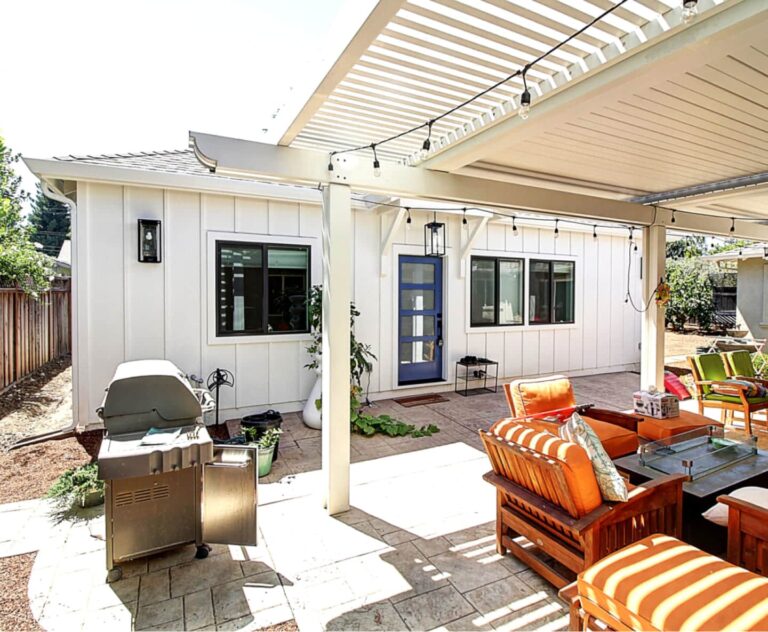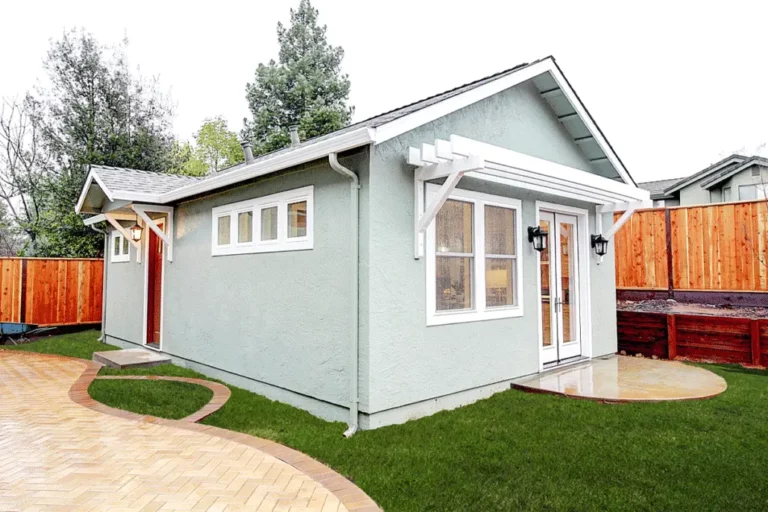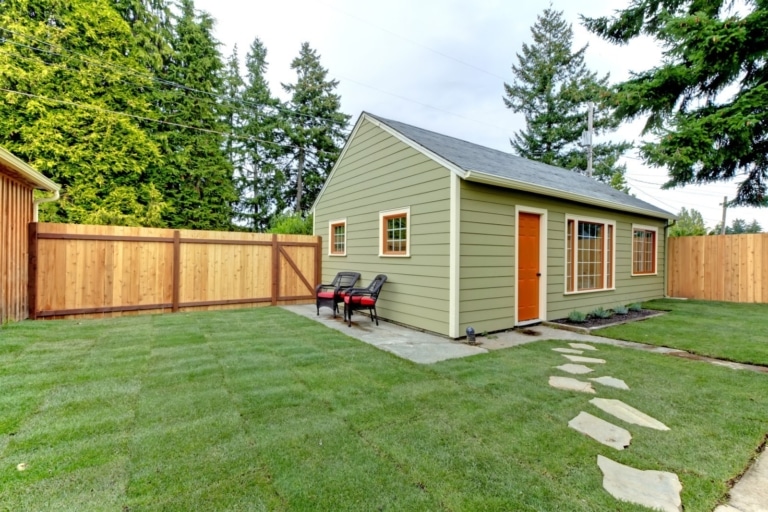How Do I Establish a Reasonable Budget for My Remodeling Project?
This is often one of the first questions we get when we meet with a potential client interested in a home remodeling project. And like any good question, it begs one (or two or three) in return. Our questions involve trying to find out what problems the homeowner is hoping to solve and what their goals are for the project. We start our inquiry process by providing potential clients with a questionnaire that will give us some better insight into what they want in terms of features, quality and function.
From a 30,000 foot view, establishing a reasonable budget on a remodeling project involves evaluating:
Square footage added or affected
Quality of finishes
Age and condition of the home
Design/architectural elements
Project size
Impact on surrounding areas
Each of these items is like an iceberg, and when you go below the surface you’ll see that there is much more than initially meets the eye.
For example, let’s look at square footage. Once we have talked to the homeowner about the problems they are trying to solve, we can begin to make an assessment of whether we may need to add on to the existing footprint or if we can solve any design challenges within the footprint. And even if the footprint remains the same, we may need to move walls. This requires additional inspection of the building structure to determine whether it may need modification to beef up support once a wall is removed or relocated.
As you can see, simply looking at square footage doesn’t give you the whole picture.
When it comes to the quality of finishes and design elements, obviously the more elaborate and high end, the pricier they are going to be. But we’ve also noticed that these decisions may be affected by a homeowner’s neighborhood. If other homes in the neighboring area reflect higher quality finishes and design elements, many times our client will want that same level of quality in their home. So while pricing for a project doesn’t change based on a home’s geographical location, human nature and our desire to match or exceed our neighbor, seems to be a fairly common trait. Once we get a sense of what the homeowner is shooting for in terms of aesthetics, if those ideas don’t match up with their projected budget, we try to come up with options that will satisfy on all counts.
The age of a house can figure into a budget in several ways. One common factor is when an older home needs work to bring it up to current code or standards, in addition to the design and functional aspects that are being considered in the remodel. When a historic home is involved, budget can vary depending on whether or not the homeowner is trying to restore a home to reflect the original condition or is renovating to include modern day updates. Condition affects budget when homeowners want to bring the rest of the house up to the same level of quality as the main project.
Finally, while common sense would dictate that as the size of a remodeling project increases, so too will the budget, due to the need for more materials, labor, etc. Another piece that is often overlooked is that large complex projects also may require additional project management. When you have lots of moving parts on a project, and many vendors and trades involved, coordinating all of the players to arrive at a seamless finish, takes additional time, which may also impact the budget.
Often, what seems like a minor change, can lead to significant work because of the old domino theory. For instance, if we decide to put a skylight in the kitchen, are there pipes, wires or ducting in the attic directly above? Is the roof in good enough shape that it can be patched, or will it require replacement? An often overlooked element is the potential ripple effect on flooring. If we modify one room, does it affect the flooring transitions or levels? If we take out a cabinet or move a wall just a bit, is the same flooring still available, or will the entire floor require replacement? What might seem like a clean line of demarcation can, upon closer inspection, have a dramatic impact on the scope of the work, and thus a reasonable budget.
The upshot is that simply asking for a ballpark figure on a particular project without doing any fact-finding is probably not going to give you an accurate understanding of the price tag. It pays off, in the long run, to spend more time planning and weighing alternatives upfront, before arriving at a realistic project budget.





